Wingspan 16 m | Length 17 m | |
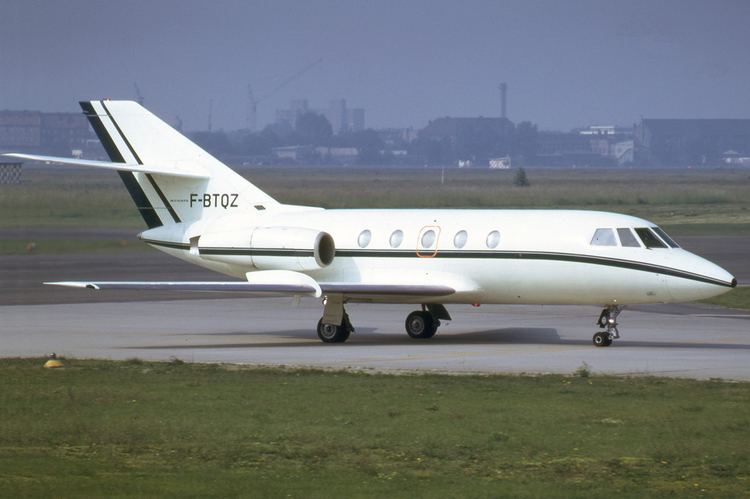 | ||
Engine types General Electric CF700, Turbofan | ||
truesound classic dassault falcon 20 takeoff from ft lauderdale 3 11 16
The Dassault Falcon 20 is a French business jet. It was the first of a family of business jets built by Dassault Aviation.
Contents
- truesound classic dassault falcon 20 takeoff from ft lauderdale 3 11 16
- Aerovision dassault falcon 20e 5 flight from paris le bourget lbg to toulon hy res tln france
- Design and development
- Commercial corporate and private use
- US Coast Guard
- US Air Force
- NASA
- Variants
- Civilian operators
- Former Civilian operators
- Military operators
- Former operators
- Specifications Falcon 20F
- References
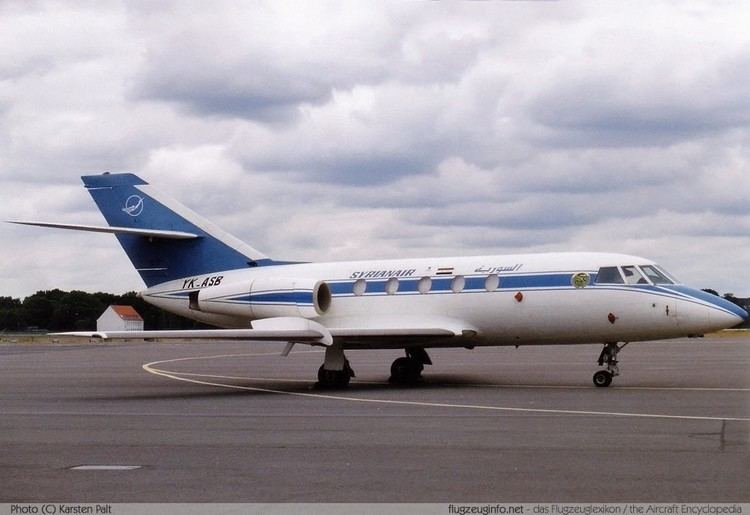
Aerovision dassault falcon 20e 5 flight from paris le bourget lbg to toulon hy res tln france
Design and development
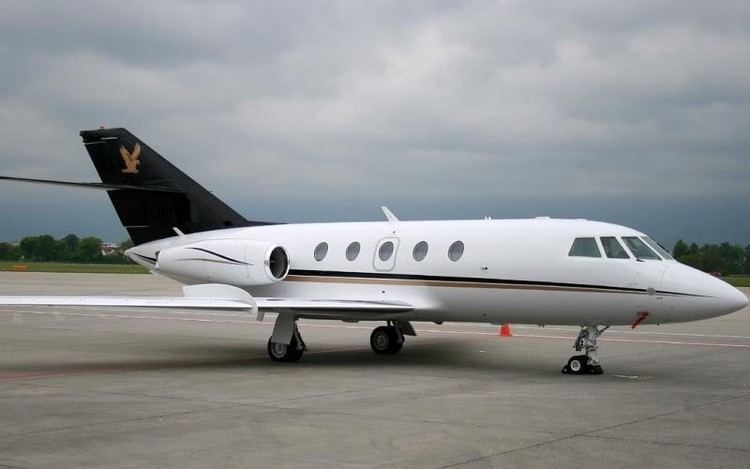
Marcel Dassault gave the go-ahead for production of an eight- or ten-seat executive jet or military liaison aircraft the Dassault-Breguet Mystère 20 in December 1961. The Mystère 20 was a low-wing monoplane with two rear-mounted Pratt & Whitney JT12A-8 engines. The prototype, registered F-WLKB, first flew on 4 May 1963 at Bordeaux-Merignac. Under the influence of Pan American the aircraft was re-engined with two General Electric CF700 engines and some dimensions were increased. Pan American signed a contract to distribute the Mystère 20 in the western hemisphere and ordered 40 aircraft with options on 120. The re-engined aircraft first flew on 10 July 1964. The first production aircraft flew on 1 January 1965 and both French and American certification was awarded in June 1965. On 10 June 1965, Jacqueline Auriol set the women's world record speed in the first Mystère 20 prototype, F-WLKB, with an average speed of 859 kilometers per hour over 1000 km. This prototype was used in the 1966 comedy How to Steal a Million, starring Audrey Hepburn and Peter O'Toole. Deliveries began to the Pan American outfitting facility at Burbank Airport, California. In 1966 the company redesignated the American-delivered aircraft as the Fan Jet Falcon, this later became the Falcon 20. Military orders from Australia and Canada were received. All non-American aircraft were fitted out before delivery at Bordeaux-Merignac. In 1967 Pan American Business Jets Division, a business unit of Pan American World Airways, increased their firm orders to 160 aircraft.
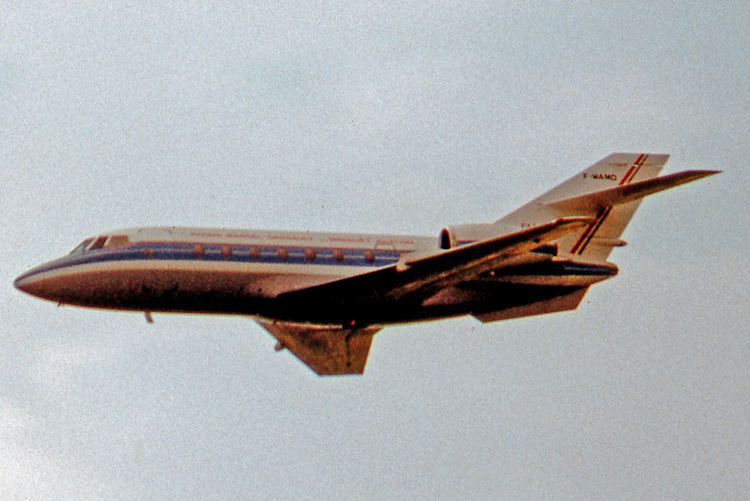
Some Falcon 20s powered by General Electric CF700 engines were re-engined with Garrett TFE731 engines under AMD-BA Service Bulletin No. 731. These aircraft were redesignated with a "-5" after the model number. Volpar, Inc. worked on a program to reengine Falcon 20s with the Pratt & Whitney Canada PW305 engines, but the program was abandoned before a FAA STC was awarded.
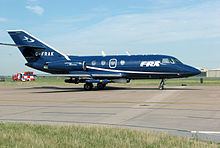
Supplemental Type Certificate SA5858S issued by the US FAA held by Dassault Falcon Jet allows the installation of underwing pylons on the Fan Jet Falcon, Fan Jet Falcon Series D and Fan Jet Falcon Series E. This modification is commonly used to modify Falcon 20s to operate as special mission aircraft with underwing stores.
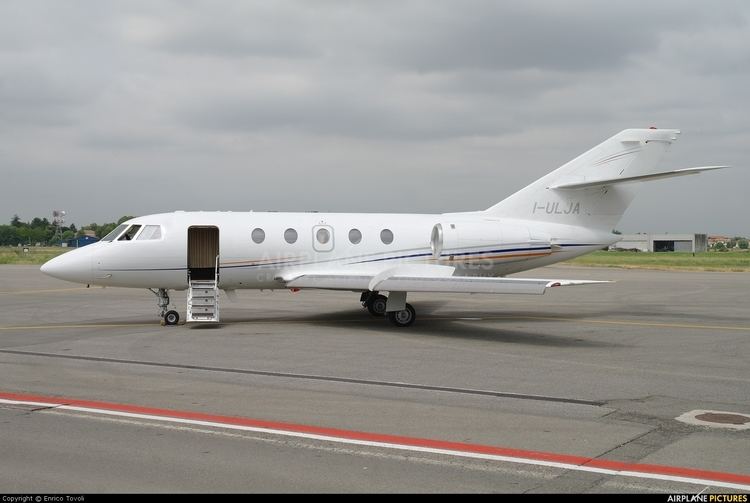
The improved Falcon 200 featured more advanced jet engines and other major improvements to increase range, capacity and comfort. The aircraft proved to be so popular that production did not end until 1988, being superseded by more advanced developments of the Falcon family. The Falcon 20G, HU-25 and Falcon 200 were powered by Garrett ATF3 engines. A total of 473 Falcon 20s and 35 Falcon 200s were built by the time production ended in 1988.
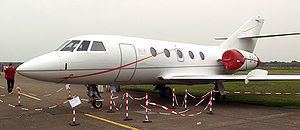
Later developments of the Falcon 20 include the smaller Falcon 10; the larger 30-seat Falcon 30 with a larger fuselage cross section, which was built and flown, but not developed; and the Falcon 50, an improved three-engined development.
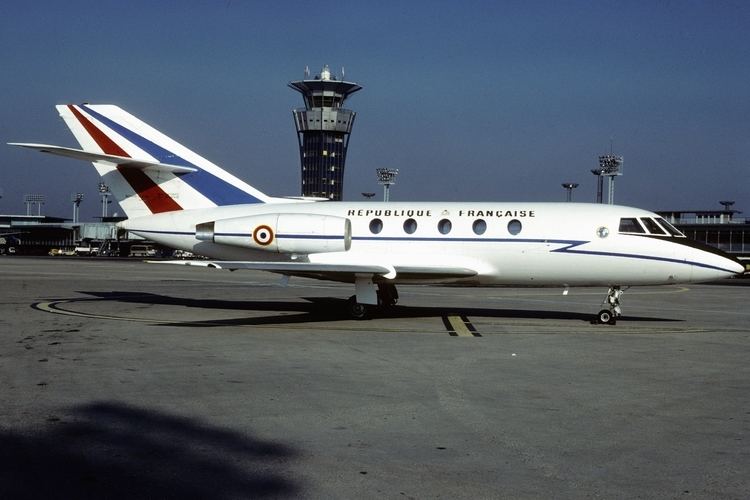
In 2012, a Falcon 20 became the first civil jet to fly on 100% biofuel when it performed a test flight for Canada's National Research Council.
In 2013, the FAA modified 14 CFR part 91 rules to prohibit the operation of jets weighing 75,000 pounds or less that were not Stage 3 noise compliant after 31 December 2015. The Falcon 20 was listed explicitly in Federal Register 78 FR 39576. Any Falcon 20s that had not been modified by installing Stage 3 noise compliant engines or had not had "hushkits" installed for non-compliant engines would not be permitted to fly in the contiguous 48 states after 31 December 2015. 14 CFR §91.883 Special flight authorizations for jet airplanes weighing 75,000 pounds or less - lists special flight authorizations that may be granted for operation after 31 December 2015.
Commercial, corporate, and private use
In April 1973, Federal Express began its air express package delivery service using Falcon 20s out of its distribution centre in Memphis, Tennessee. At the height of its use, the cargo airline flew 33 Falcon 20s, until replacing it with larger aircraft. A Falcon 20 that carried the first Federal Express air express package is now on display at the Smithsonian's Udvar-Hazy Center at Dulles Airport.
U.S. Coast Guard
The United States Coast Guard (USCG) operated a model called the HU-25 Guardian. The Guardian was used as a high-speed spotter aircraft to locate shipwreck survivors and direct slower-moving aircraft and rescue vessels, and to interdict aerial and shipborne drug trafficking. The first HU-25 was delivered in 1982; by December 1983, 41 aircraft had been acquired. The HU-25 was retired from Coast Guard service in 2014, and replaced by the HC-144 Ocean Sentry.
On 26 September 2014, following 32 years of service, the last operational HU-25 Falcon, the only jet ever to be a part of the air fleet of the US Coast Guard, was retired. The Falcon's history of importance in search and rescue, counter drug missions and as a critical asset during the Gulf War has left a major mark on the USCG's aviation legacy. The Falcon's key advantage was greater speed, allowing this plane to get on target faster, crucial for the search and rescue role, and cover great distances quickly to map oil fires during the Gulf War. This high-speed capability will be lost with this type's retirement because its replacements are much slower aircraft.
U.S. Air Force
In 1990, the United States Air Force acquired N20NY (cn 61), a Falcon 20C, for use as a testbed at MIT Lincoln Laboratory. In 2006, the USAF also acquired Coast Guard HU-25A 2125, registered as N448TB (cn 439), for use at Lincoln Laboratory.
NASA
In 2011, NASA acquired a former Coast Guard HU-25C for use in Operation IceBridge. The aircraft, based at NASA’s Langley Research Center in Hampton, Virginia, is equipped with a scanning laser altimeter to collect data on Arctic surface topography.
Variants
Civilian operators
Former Civilian operators
Military operators
Former operators
Specifications (Falcon 20F)
Data from Janes's All The World's Aircraft 1980-81
General characteristics
Performance
